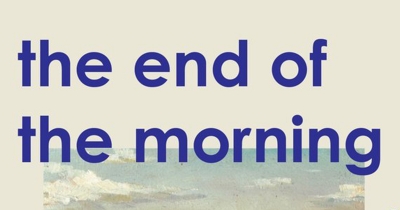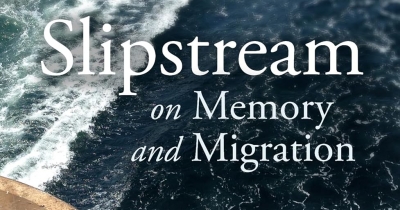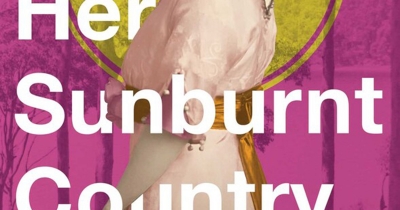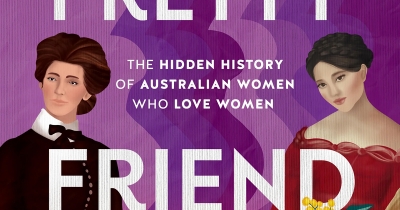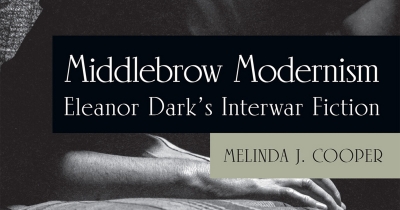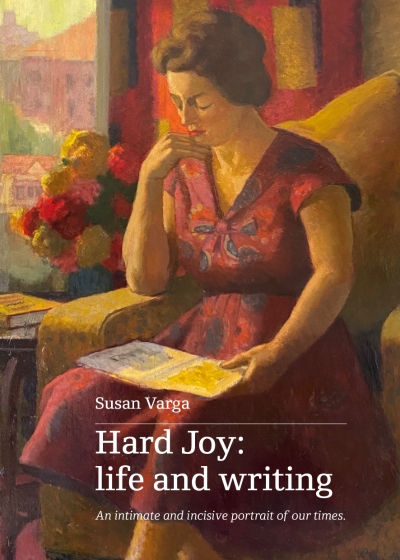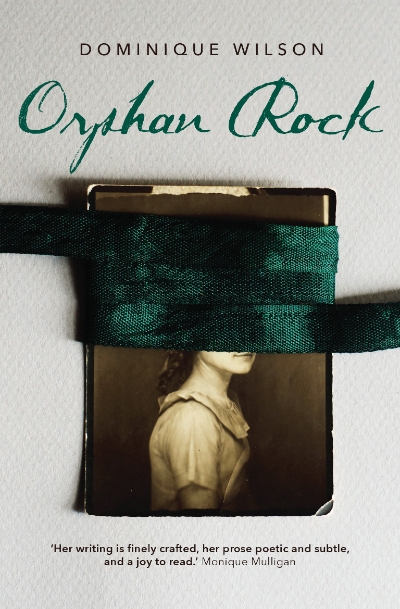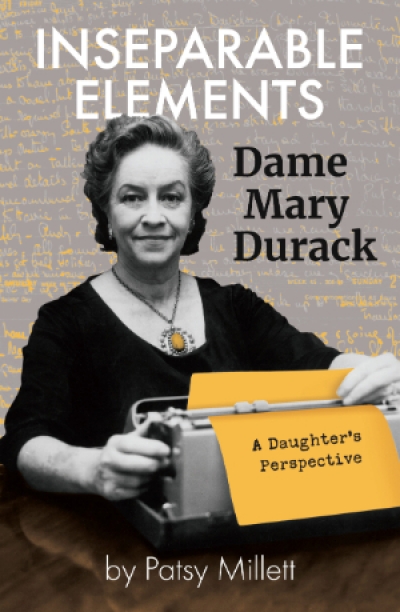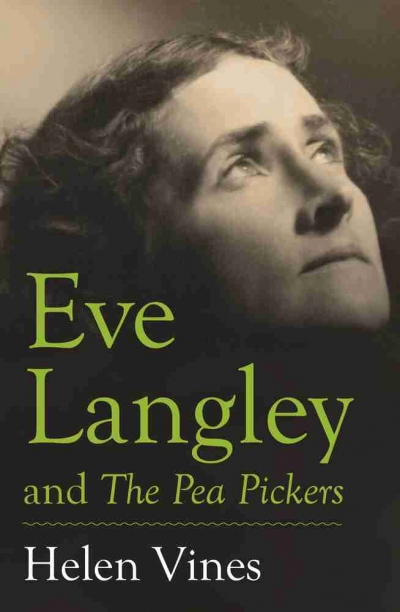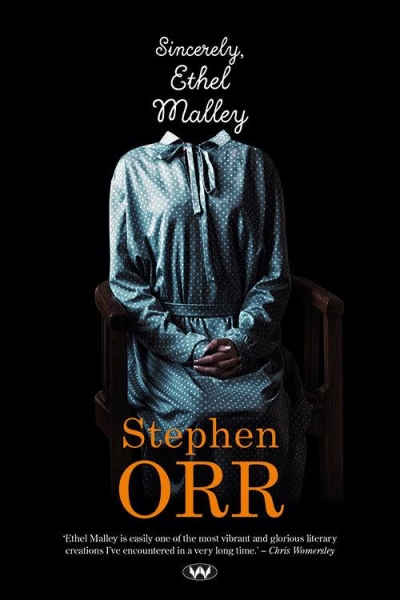She and Her Pretty Friend is a collation of stories about lesbians in Australian history, ranging from the convict women of the ‘flash mob’ in Hobart’s Cascades prison to the lesbian separatists of the 1983 Pine Gap Peace Camp. Along the way, the reader meets a couple who farmed together in the 1840s, another couple who taught swimming and started the first women-only gym in Melbourne in 1879, as well as one of the first women doctors and her lifelong companion, who both served at the Scottish Women’s Hospital in Serbia in 1916. There are other figures, like poet Lesbia Harford and her muse, Katie Lush, or suffragist Cecilia John, who rode on horseback, dressed in suffrage colours, at the head of a march of more than 4,000 women and children (Danielle Scrimshsaw credits her with ‘queering the suffrage movement’). A chapter on Eve Langley and other ‘passing women’ prompts questions about whether they would have seen themselves as transgender, in today’s parlance.
...
(read more)

